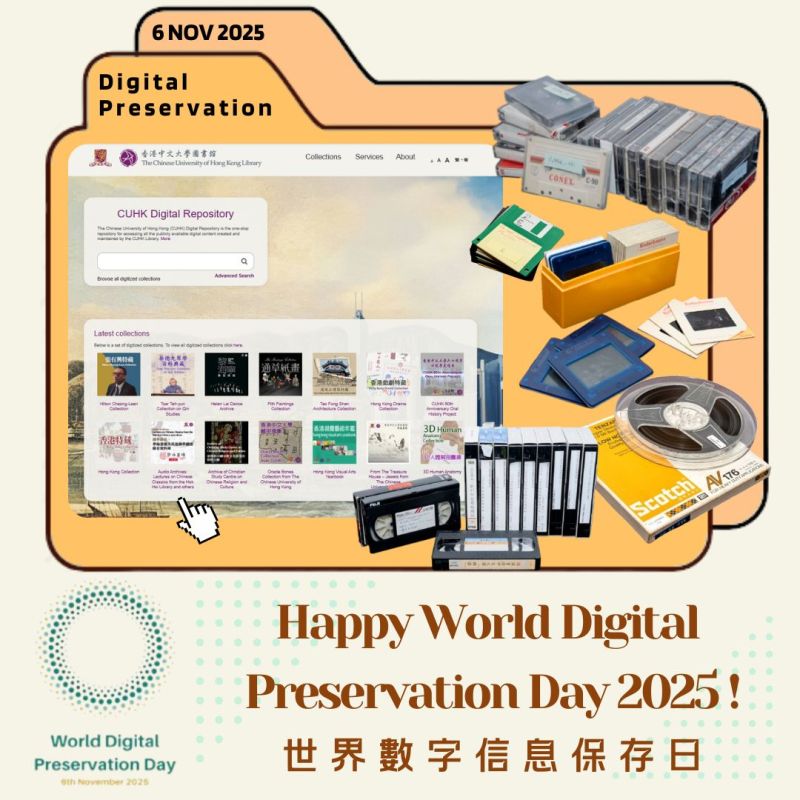William Kilbride is the Executive Director of the Digital Preservation Coalition and writes this blog to officially close World Digital Preservation Day 2025
The sun has set on Hawaii and Rarotonga and so it’s time to bring the curtain down on World Digital Preservation Day 2025. It’s also time to draw a close to the week of the iPRES Conference which has been hosted this year in Wellington, Aotearoa New Zealand.
World Digital Preservation Day was introduced in 2017 to enable our widely dispersed but highly fragmented community to connect with each other and to raise awareness about our work. There are more and more new entrants into this growing and increasingly diverse network - more than 50% of the attendees at iPRES this year were first time attendees. Our colleagues work on every continent and in all manner of organizations and sectors: in medical and humanitarian agencies, law enforcement and finance, in public institutions and independent regulators. Universities are well represented as are memory institutions. Although many of the institutions are large, the teams are small and in many cases the team is one or less.
This fragmentation has two results. Isolation can be a risk to welfare, especially for young or overworked staff forced to justify their positions. Isolation also means that, not being able to stay informed of emerging good practice, we fall into inadequate or inefficient working patterns, or we waste time and money re-inventing solutions that have already been worked out.
World Digital Preservation helps with that. Numerous blog and vlogs and a stack of reports and reviews have been published, including translations of DPC resources into French. Events in Québec, Nigeria, Brazil, Malta and of course in Aotearoa New Zealand. Global corporations and community groups have discussed and reviewed their preservation needs and goals. There have been songs, games, a poem and at least one digital preservation themed dress. The fun has a serious purpose: because sharing time and creativity strengthens the bonds and the opportunities for collaboration. They reduce the risk of isolation.




The fun also belies a serious purpose to build understanding and momentum across our organizational peers and their managers. Raising awareness includes reminding decision makers and thought leaders about their duties. The ‘Why’ is as important as the how?
We live in times of conflict, such that the persistence of digital resources may seem of no concern. Ending land wars, cyber-wars, information wars; healing displacement, disaffection and disinformation; solving the climate crises, ending human suffering and building sustainable economies: surely these are the preoccupations of our time?
Only if we under-estimate the necessity and the opportunity of robust digital infrastructure. We may seek healthier, wealthier, safer and smarter countries and communities; we may push for more transparent, more sustainable and more responsive processes. It is hard to envision these positive outcomes without long term thinking; it is hard to imagine how these can be progressed without digital technologies. Put that together and without digital content, preserved and accessible, these long-term goals will remain elusive. And the converse: it is hard to imagine long term goals when the basic tools of sustainable progress face such risk.
The Global Bit List of Endangered Digital Materials has been revised and updated again this year. It makes clear that born digital materials are ‘born vulnerable’. So are the plans that are built on them.
The risks are well documented, and they are only increasing, but there are reasons to be hopeful in this report too. The frequently announced digital dark age is offset, not for any inherent reasons, but because by observing the risks, action is made possible. That is the response of the digital preservation community. Digital materials do not preserve themselves. They require people, organisations and resources. They require strategies, infrastructures and collaboration. Without urgent action, we risk losing the digital record of our time - our stories, our governance and our culture.
I can’t let the day end without a vote of thanks to the numerous creative and committed people who have contributed. World Digital Preservation Day is an initiative of the DPC Advocacy and Community Engagement Sub-Committee chaired by Paul Stokes. It involves all the DPC’s amazing staff team with whom it is an honour and a pleasure to collaborate: Amy Currie, Andy Jackson, John McMillan, Jenny Mitcham, Ellie O’Leary, Anna Perricci, Michael Popham, Garth Stewart, Dorothy Waugh, Karyn Williamson and Robin Wright. Sarah Middleton has steered the review and the revisions of the Bit List wonderfully and Angela Puggioni who has masterminded the whole World Digital Preservation Day program with patience and panache.
So, why preserve?
The digital age has been mis-sold. No one asked if obsolescence, or media degradation or the erosion of meaning that comes with the loss of context were an acceptable price. We may have become inured to the casual depletion of the digital record and the forfeiture of truth that is its consequence: but these are neither natural nor inevitable. Digital erasure is no accident. Whether data loss is nefarious or negligent; it’s a choice. It’s a choice we do not make. There’s a better way. It’s called digital preservation.
Photo credits
Image 1. Tjarda de Haan, photo by Carla van de Puttelaar
Image 2. Federal Reserve Bank of St. Louis
Image 3. Bibliothèque nationale de France Preservation Python game from Bits and Bots
Image 4. Chinese University of Hong Kong Library
